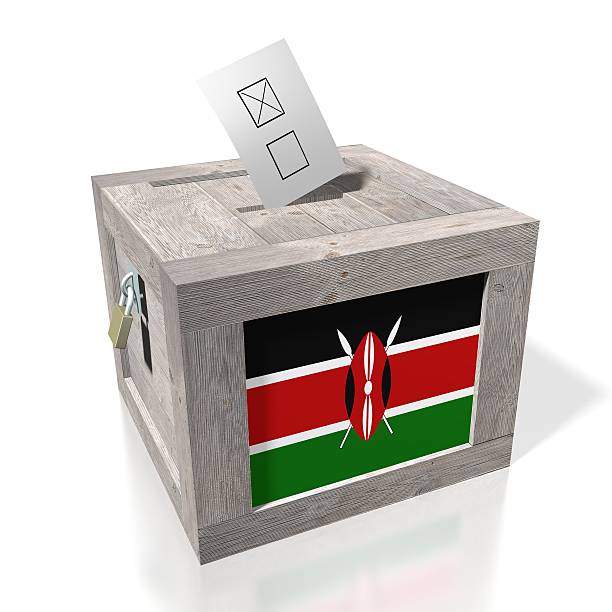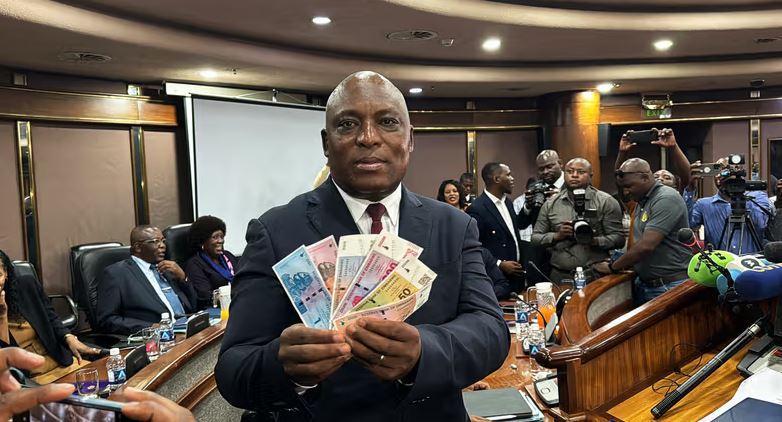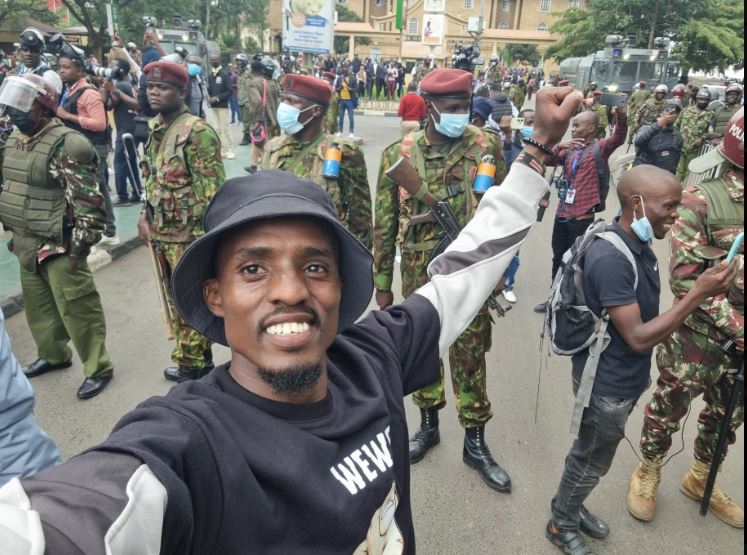In under five days, Kenya goes to a general election where voters will decide their political leaders for the next five years. The polls will involve six categories of representation, the most crucial being the presidential race.
There are four candidates vying for the presidency, with the latest opinion polls showing a neck-to-neck race between the current deputy president Dr William Ruto and former prime minister Mr Raila Odinga with the latter having a marginal lead.
These elections are significant because whichever direction the result goes, Kenya will have a new president at the end of the process. One of the things we celebrate about democracy in Kenya and other African countries that have term limits prescribed in their laws.
Mr Uhuru Kenyatta who will be leaving office when the new president is sworn in has been at the helm of the country’s leadership since March 2013. In 2017 when he was running for a second term in office, his election was nullified by the Supreme Court forcing a repeat of the elections.
This was the first time in Africa where a judicial court was overturning the result of a presidential election, more so involving an incumbent president. We would see this happen again in Malawi in 2020 when the election of Mr Peter Mutharika was also overturned by the constitutional court.
In Mr Mutharika’s case, he would go on to lose the repeat poll, while in the case of Kenya, Mr Odinga who challenged Mr Kenyatta’s win absconded the repeat elections. Mr Kenyatta won and was sworn in for a second term.
The other significant thing in this election is that Mr Odinga and Mr Kenyatta are both on the same side this time. Three months after taking oath for his second term in office, the two mended fences and agreed to work together.
That unity created conflict in the ruling Jubilee party leading to open confrontations between the president and his deputy. Several politicians and ministers allied to the deputy president were either sacked from the government or removed from their parliamentary positions.
Mr Kenyatta has openly endorsed Mr Odinga as his preferred successor and is the council chairman of the Azimio Coalition in whose ticket Mr Odinga is running.
Dr Ruto on the other hand is the Kenya Kwanza coalition candidate. Interestingly, his partners in the coalition are former co-principles in the coalition Mr Odinga ran on in the 2017 polls.
As opposed to previous elections where the voting patterns have always followed tribal alignments, the current election will be difficult to call on the same basis. This might as well be the first election in Kenya where issues have been given priority.
Both Mr Odinga and Dr Ruto have selected their running mates from the Central Kenya region, home to Kenya’s most populous ethnic group, the Kikuyu. Ms Martha Karua, an experienced politician, human rights defender and lawyer is Mr Odinga’s pick for Deputy President. Mr Rigathi Gachagua, a former administrator and former personal assistant to Mr Kenyatta, is Dr Ruto’s pick for Deputy President.
READ: HOW KENYA’S ELECTION MAY HAVE BEEN WON WITH THE CHOICE OF RUNNINGMATES
This is the first time in Kenya’s history that a woman has been picked as Deputy President nominee by the main contender in the presidential elections.
The main issues dominating discourse in this election are the war against graft, youth unemployment, runaway inflation and food security. Both camps have tried to address these issues through different approaches in their manifesto.
The Kenya Kwanza coalition complains about the fight against corruption being politically weaponized by the current administration to target their supporters. They promise to guarantee autonomy to the bodies involved in the fight against graft including investigative agencies and the judiciary. Key figures in the coalition including the deputy president nominee are facing graft charges.
On the Azimio Coalition side, Mr Odinga’s troops are accusing Dr Ruto of presiding over corruption during his tenure in office as DP. They question his source of unexplained wealth and those of the people around him. The camp does not however give specific approaches they will take to fight corruption.
Dr Ruto has also accused Mr Odinga of being a puppet of Mr Kenyatta and a back-door way of giving the incumbent an illegal third term to run the affairs of the country.
When it comes to dealing with unemployment the Kenya Kwanza camp has focused on empowering the informal sector which employs more than 70% of Kenya’s labour force through revolving funds for their enterprises. They call it the “bottom-up” economic model.
The Azimio camp is focused on social protection for the very poor, promising a USD 60 monthly stipend for families of the unemployed, single-parent families and the old. They say they will fund this ambitious goal through funds recovered from sealed corruption loopholes.
Mr Odinga further promises free education from primary school to university. Currently, Kenya offers free education in public primary schools and subsidized education in public secondary schools.
Irrespective of who between the two wins, the next president is inheriting a country whose economy has been beaten by the worsening global economic crisis that has hampered efforts to recover from the Covid-19 pandemic, runaway inflation with the shilling at one of its lowest points against the dollar in recent history and a growing rate of youth unemployment.
In the next article, we will discuss Kenya’s media and how they have covered this election.
As opposed to previous elections where the voting patterns have always followed tribal alignments, the current election will be difficult to call on the same basis.
Cover Image: Pexels/iStock



